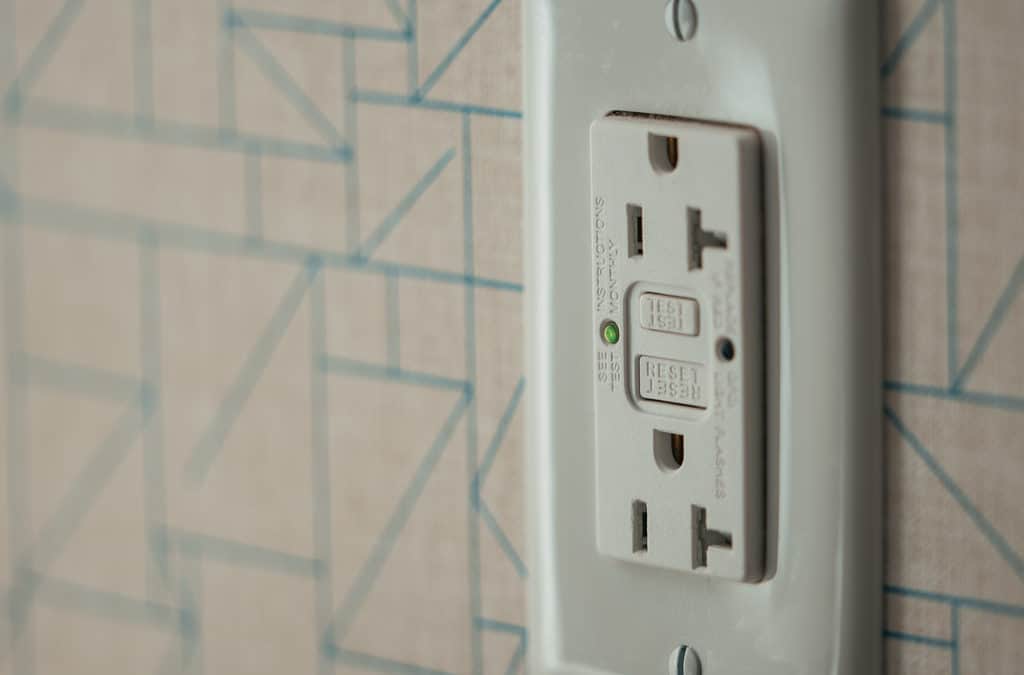GFCIs and AFCIs are electrical devices that are installed as part of a home’s electrical system. These devices monitor electrical currents and trip (shut off power) when a condition that is considered unsafe is detected. Although these devices are similar in many ways, there are some key differences between the two.
Ground Fault Circuit Interrupters (GFCIs)
What is a GFCI?
GCFIs or ground fault circuit interrupters are devices that disconnect a circuit when an unbalanced current is detected between the hot conductor and the neutral (return) conductor. These imbalances can occur when a person comes in contact with an energized part of the circuit and is electrocuted. To prevent this from happening, almost all jurisdictions in the United States have adopted GFCIs as part of their residential building codes.
GFCI Requirements
Today, GFCI protection is required in almost all wet areas including:
- Kitchen countertops and dishwasher outlets
- Bathrooms
- Laundry rooms
- Electrically heated floors in bathrooms and kitchens
- Hot tubs and spas
- Garages and unfinished storage buildings
- Crawlspaces
Receptacle-Type GFCIs
Receptacle-Type GFCIs are the GFCI devices that most people are familiar with. These are receptacles that have a test and reset button. Just because an outlet does not have a test or reset button, does not mean the outlet is not GFCI protected. GFCI protection can also be installed in the electrical panels. For homeowner’s it is important to test these receptacles once a month to make sure these devices continue to work properly.
Arc-Fault Circuit Interrupters (AFCIs)
What is an AFCI?
AFCIs or arc fault circuit interrupters are devices that detect dangerous arcs in a home’s branch wiring. Arcs occur when current flows through an air gap between two conductors creating a lightning-like visible plasma. Electrical arcs are dangerous because they have the potential to create a lot heat which can result in a fire. AFCI devices monitor electrical waveforms in the house and trip if they detect changes in the waveform pattern that is characteristic of an dangerous arc.
Some arcs are normal. For example, when you are plugging in a device into a receptacle you may notice a small arc form as you plug in the device. These are typically harmless and not an issue. AFCI devices are calibrated to respond to arcs that are potentially dangerous and could result in a fire.
AFCI Requirements
Current buildings standards require almost all receptacles that are not GFCI protected to be AFCI protected. These areas include the following:
- Bedrooms
- Hallways
- Family rooms
- Libraries
- Dens
- Closets

